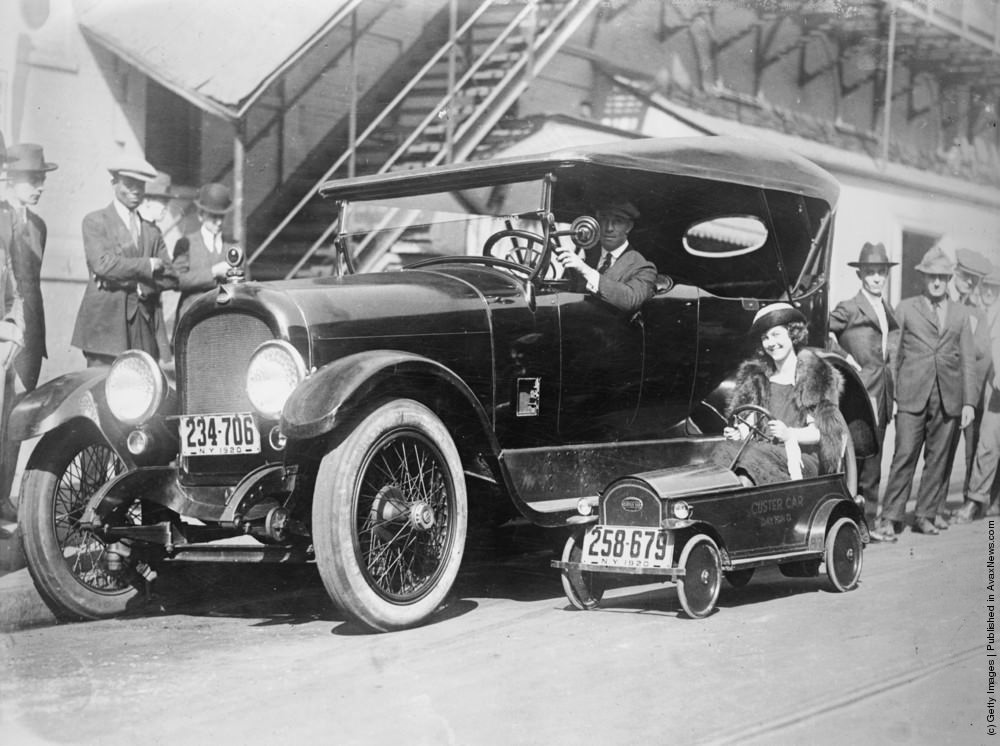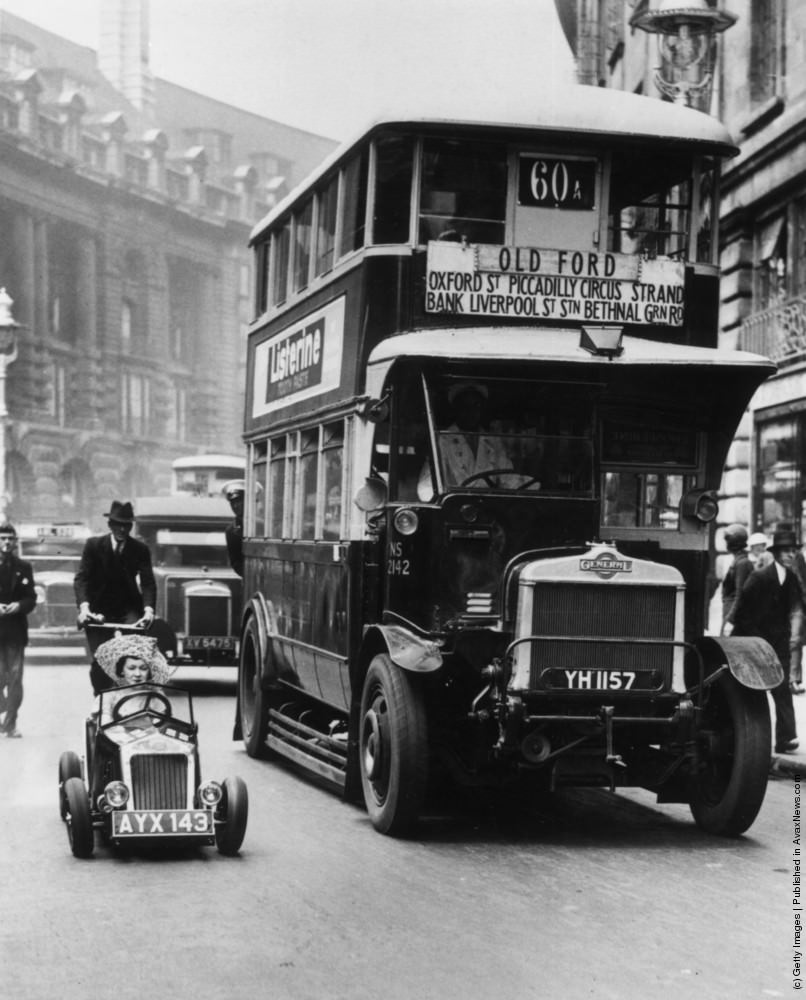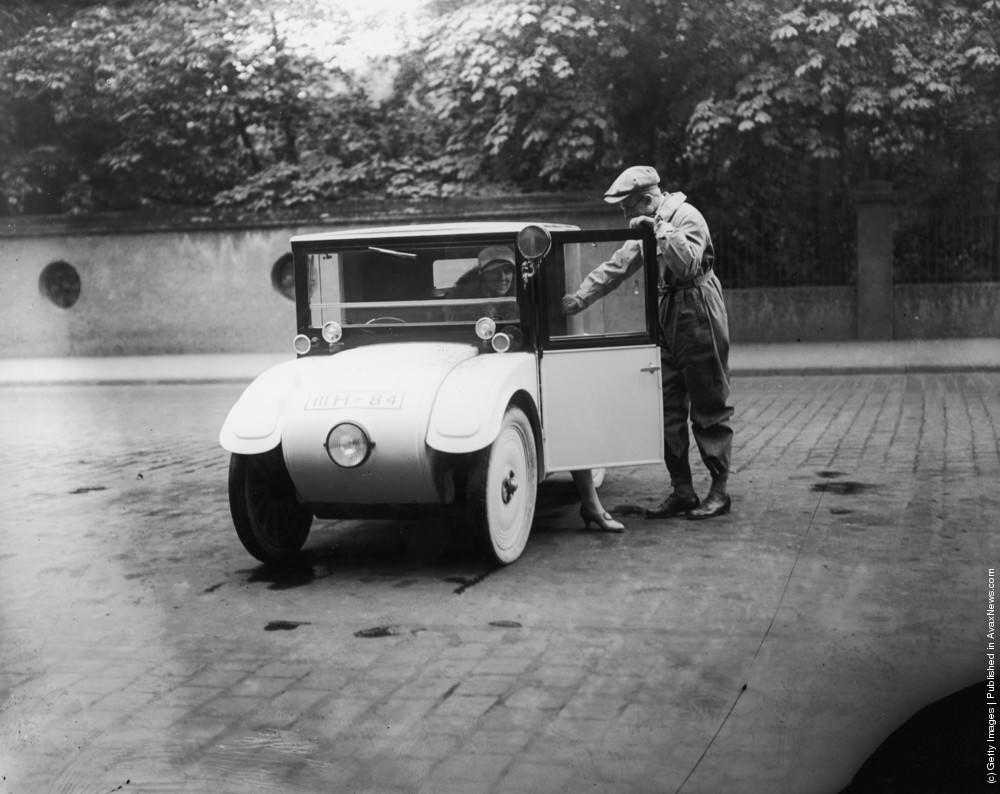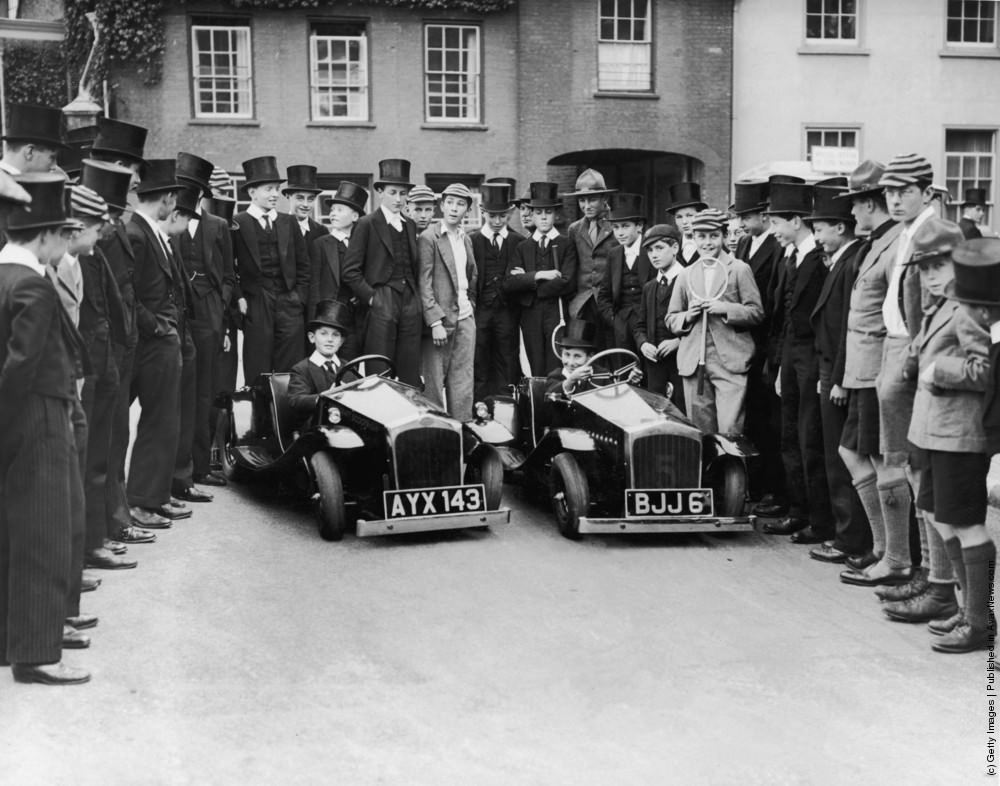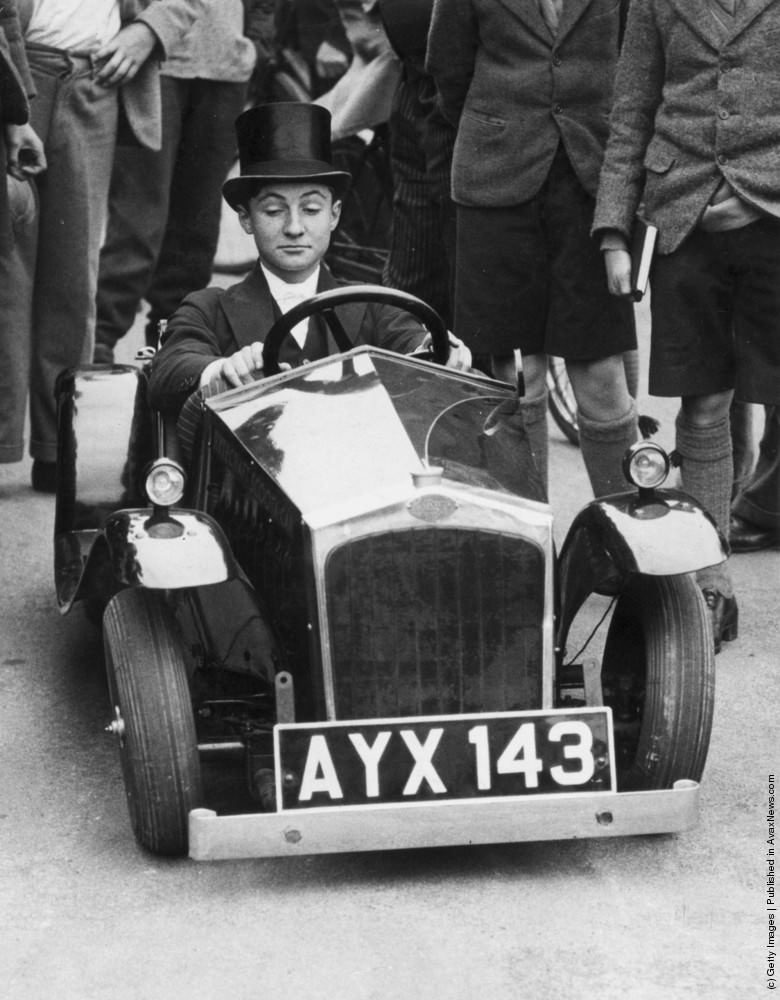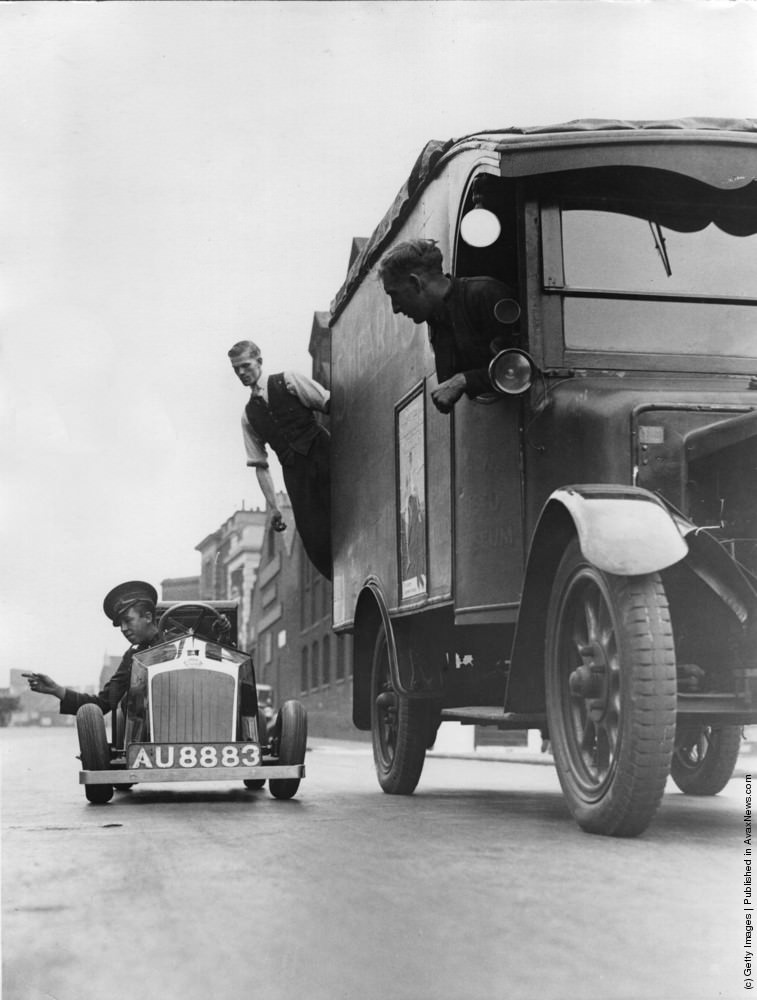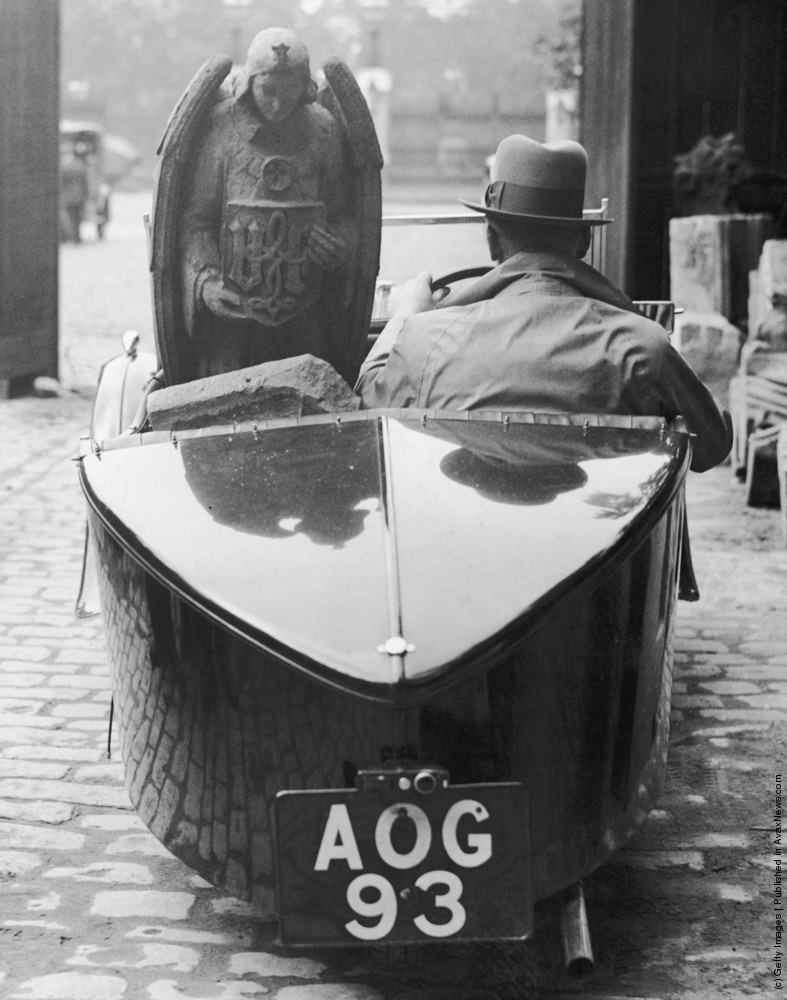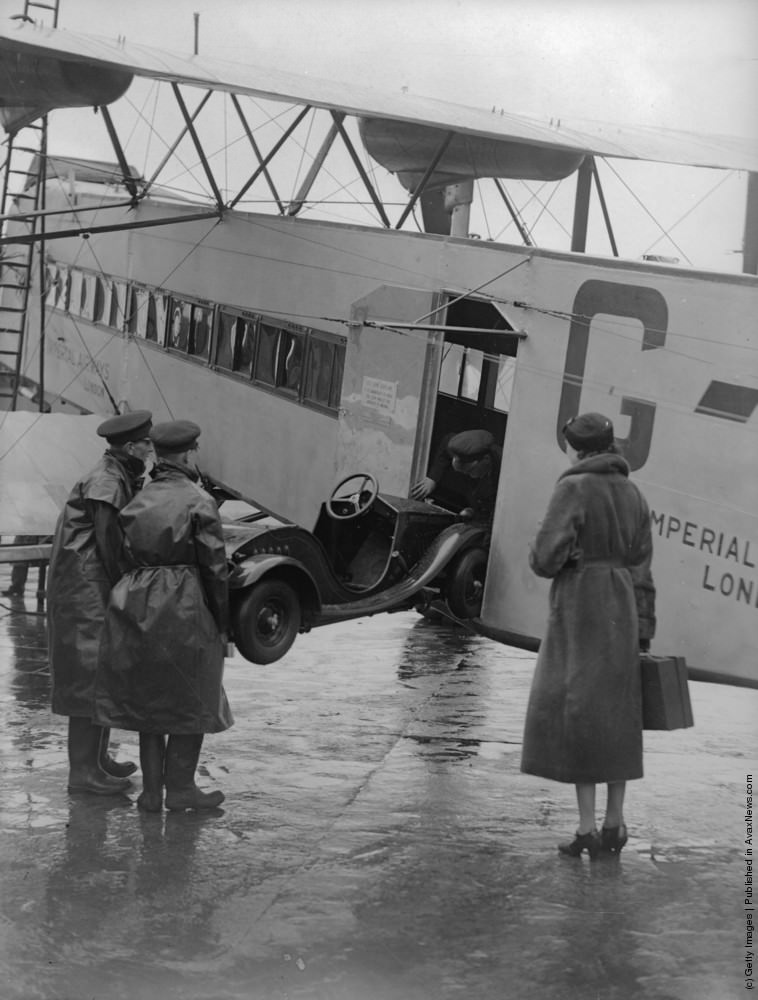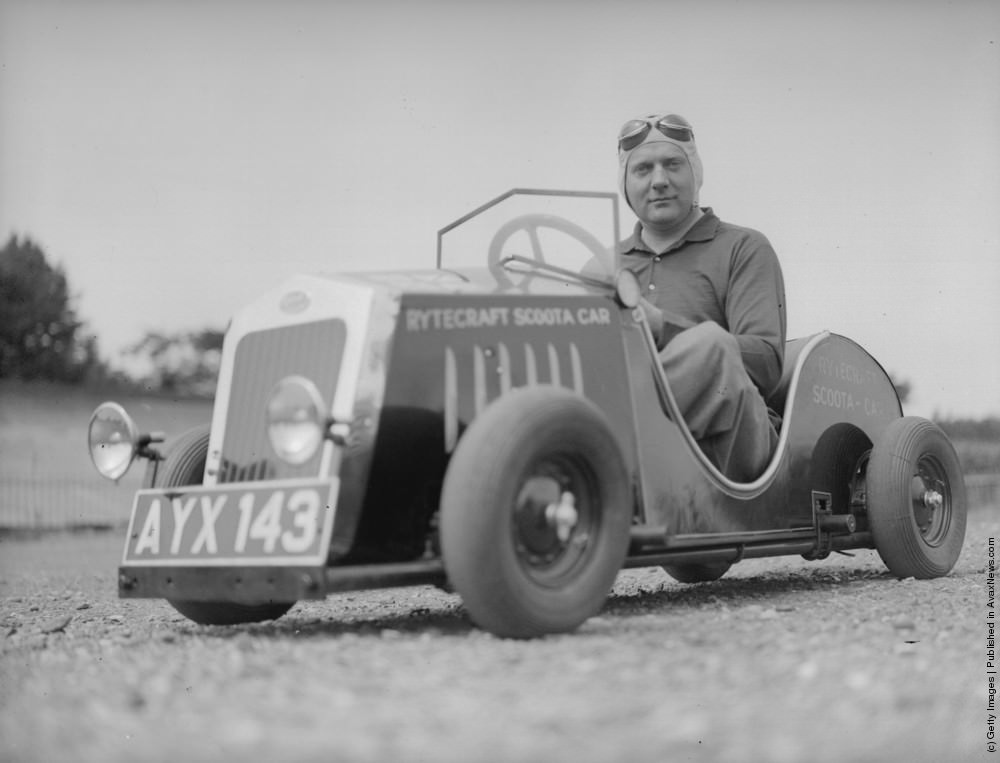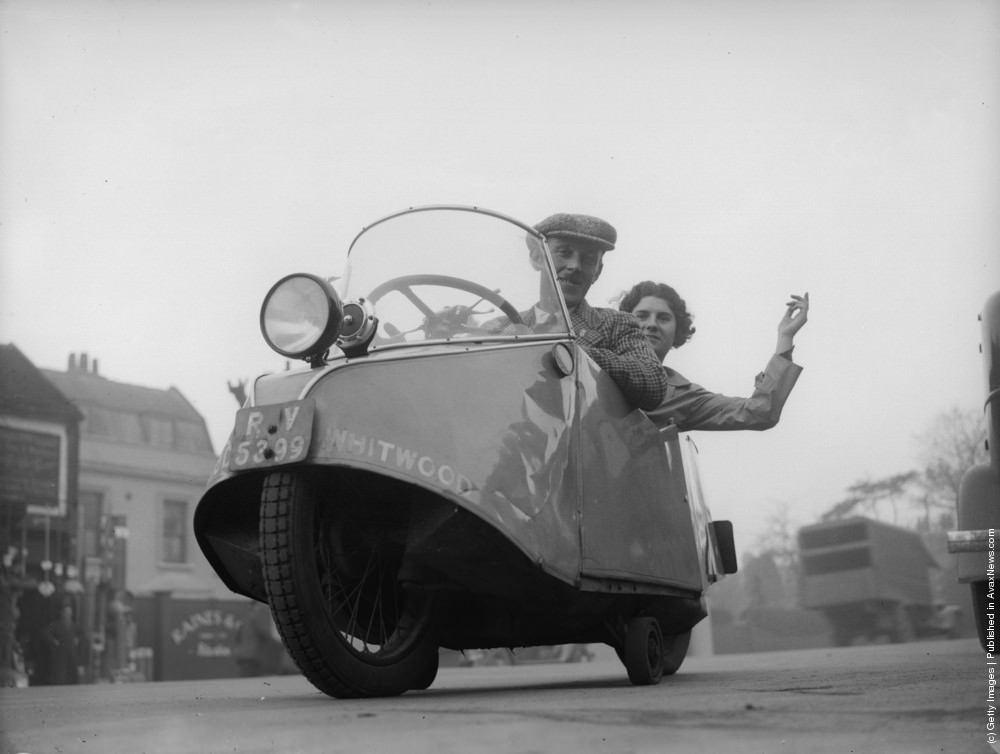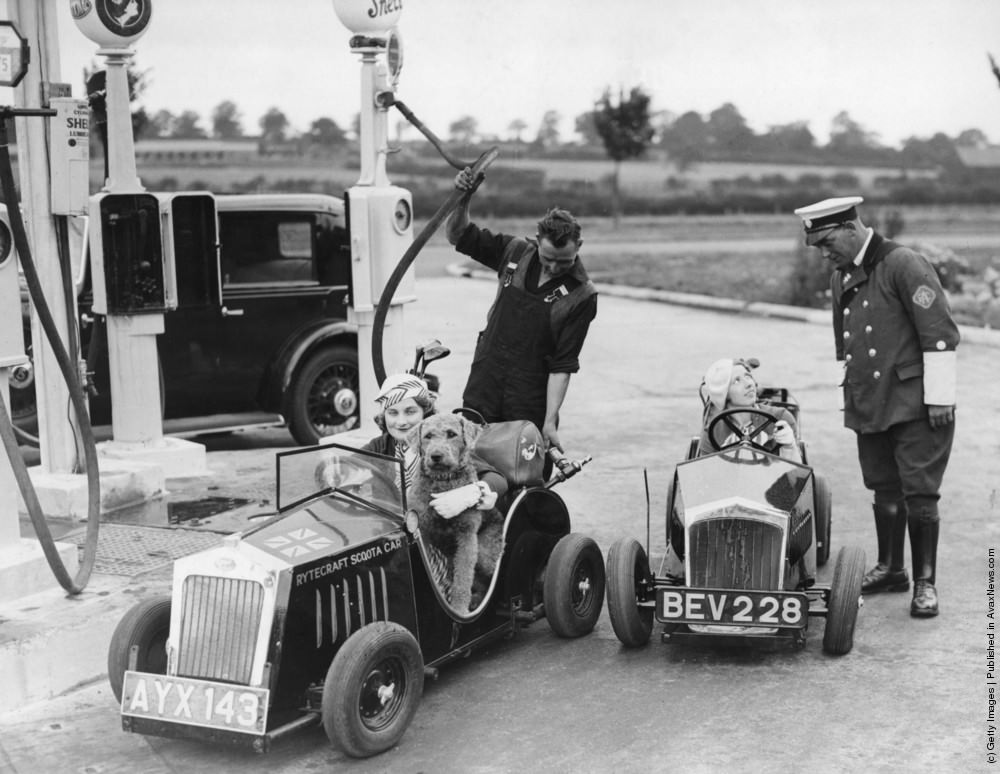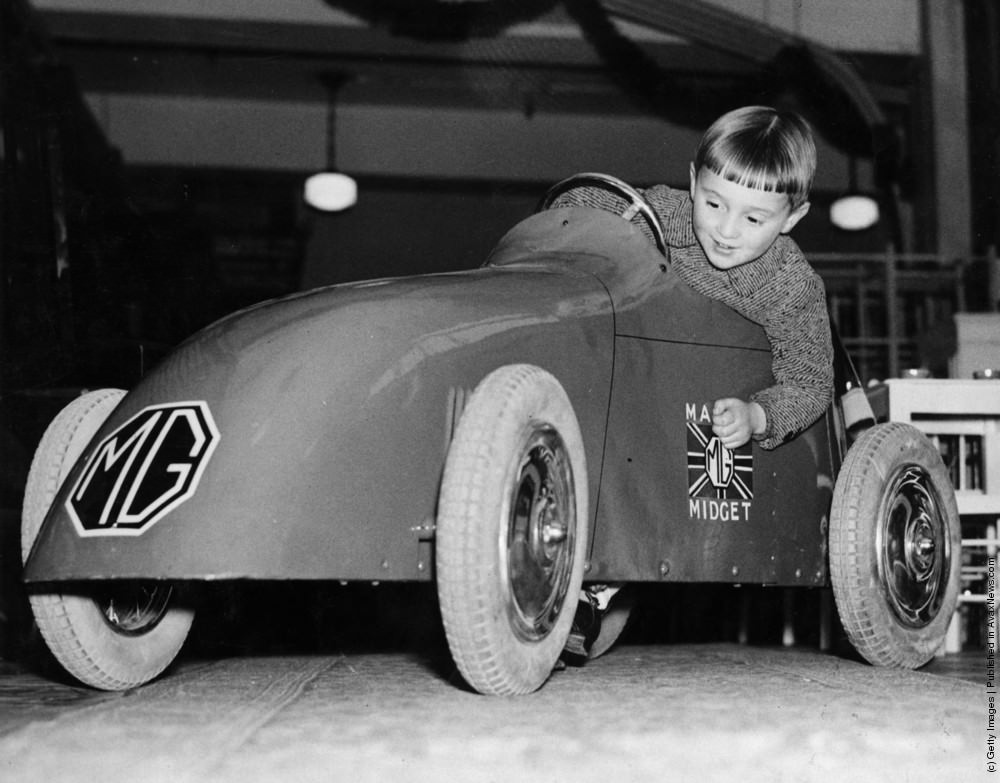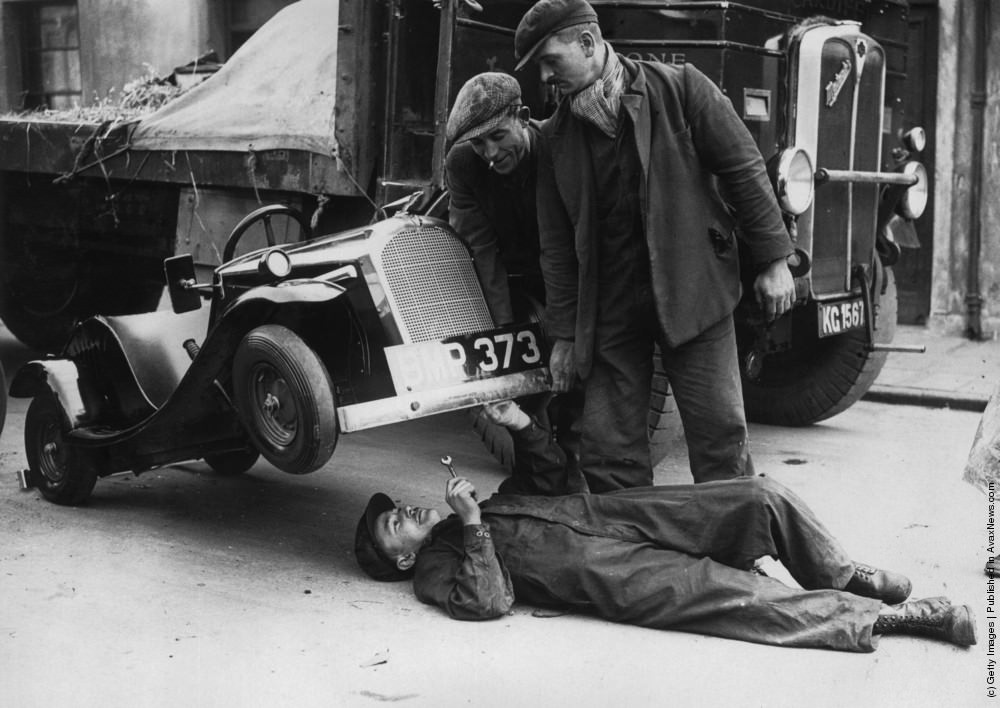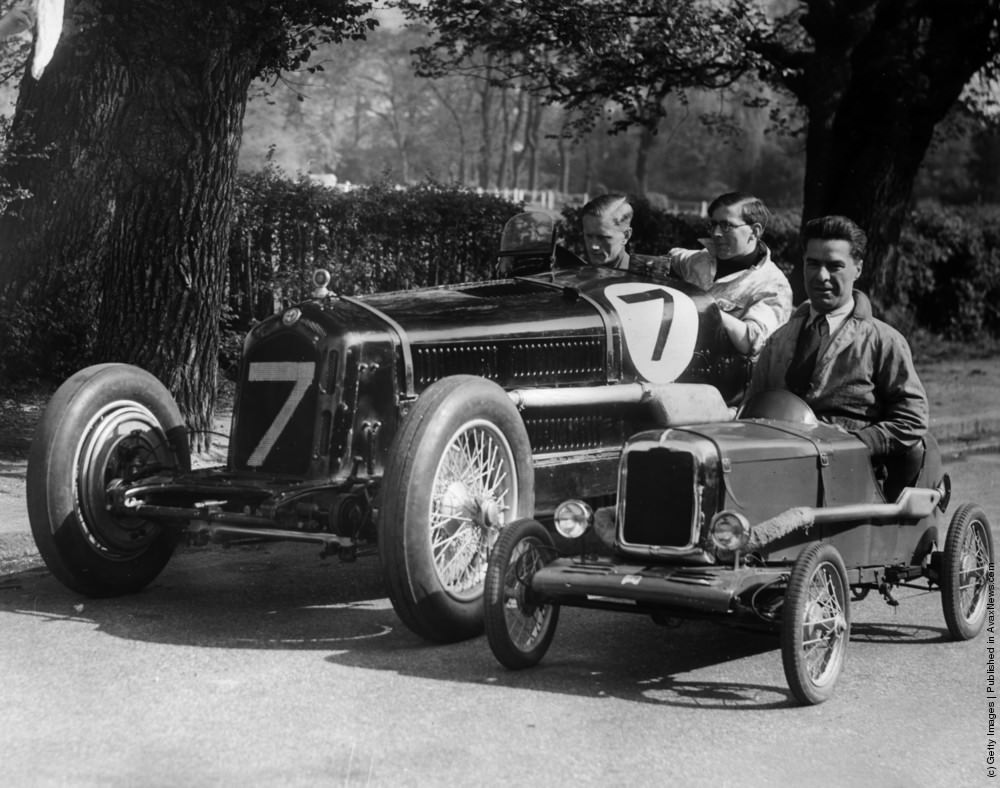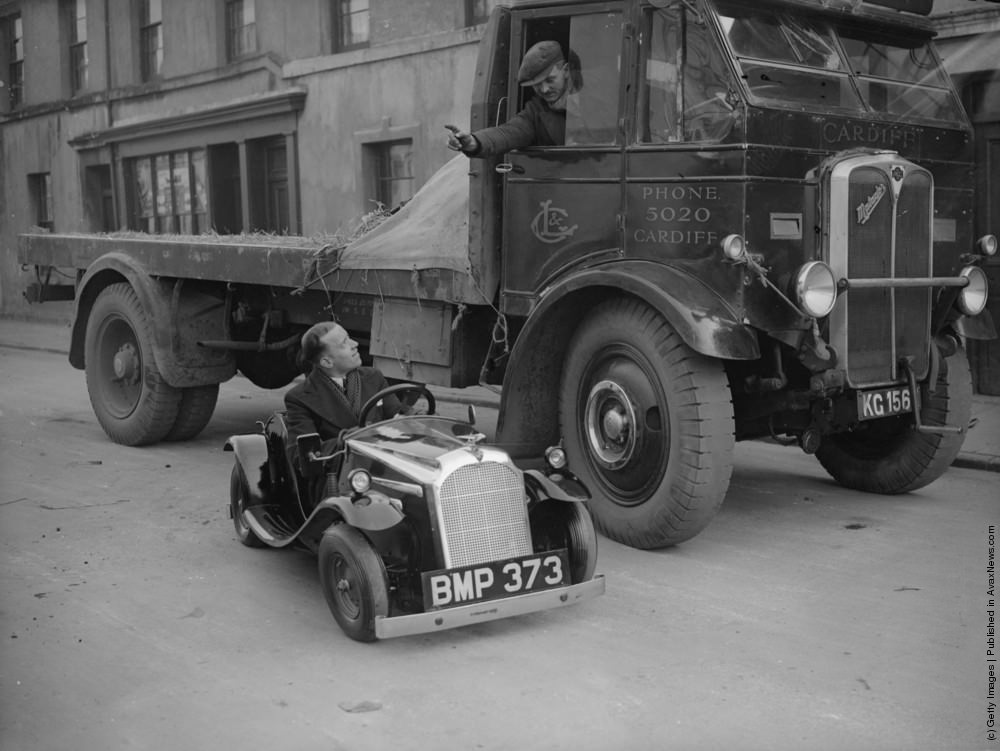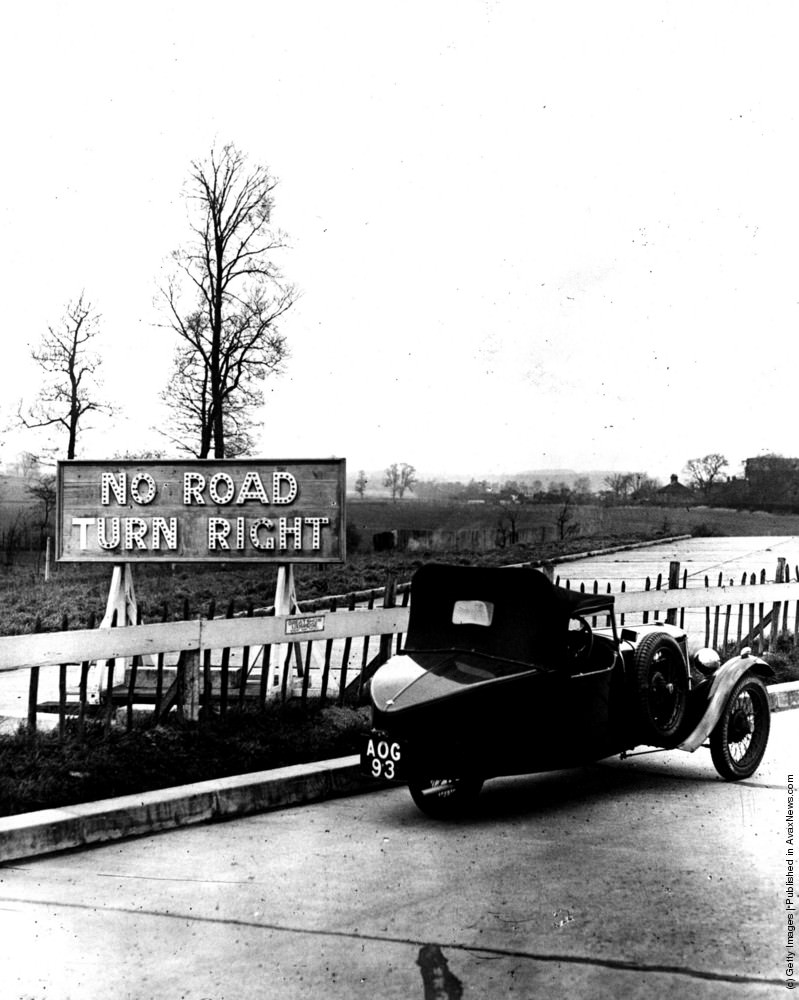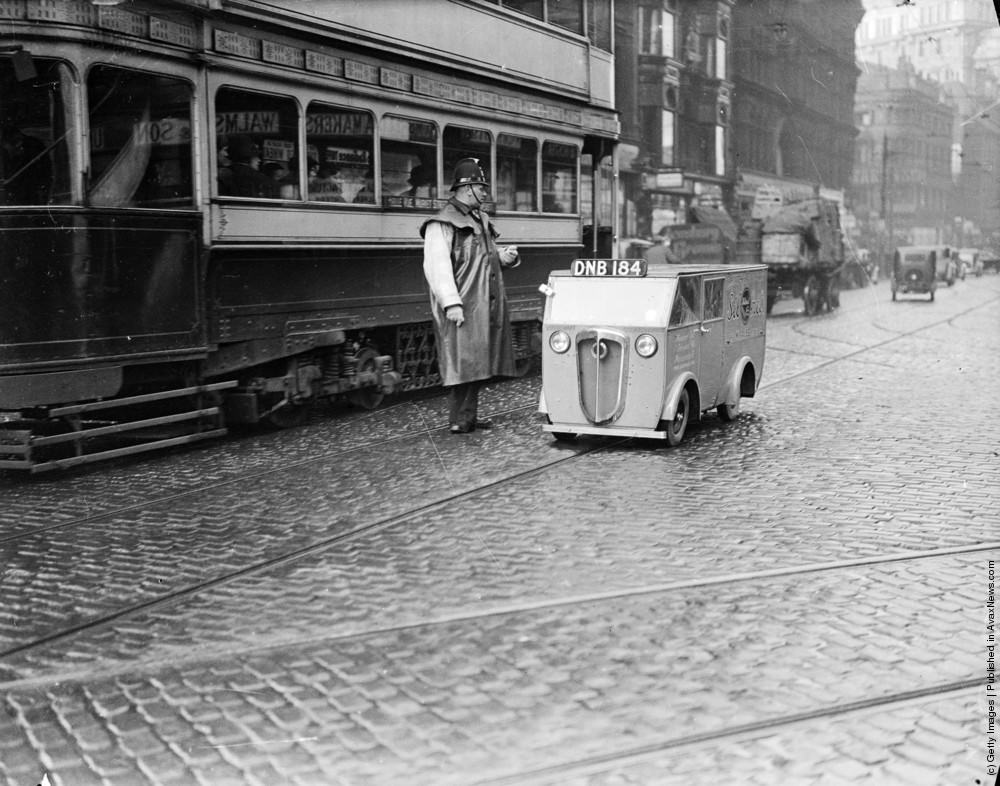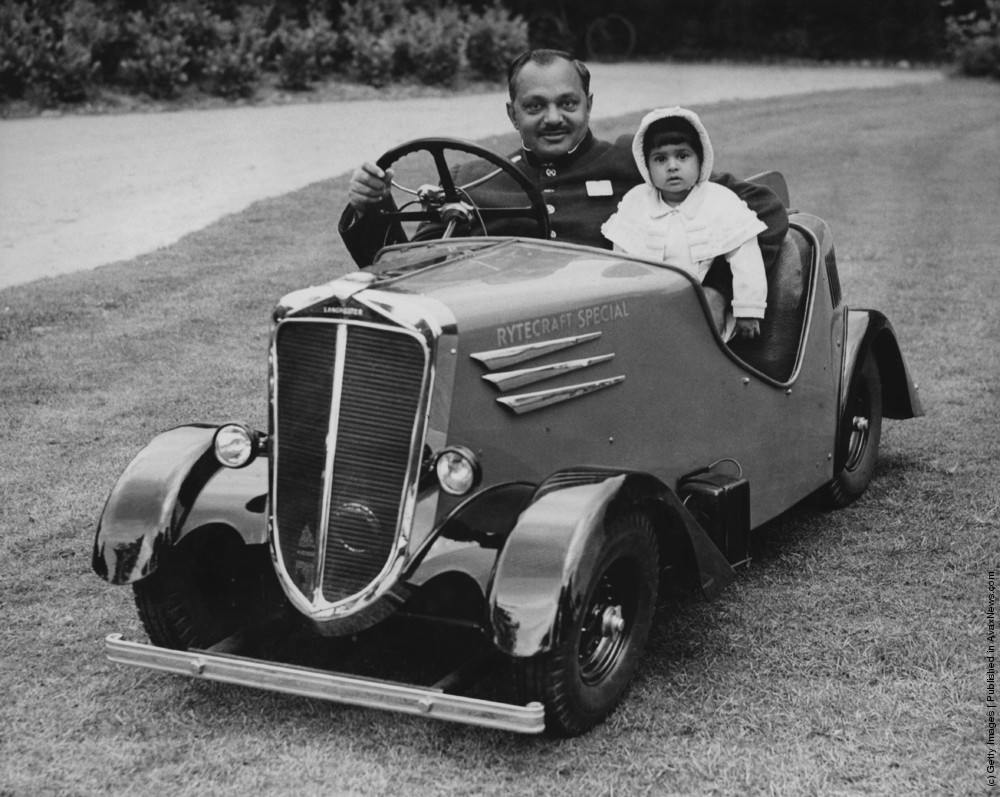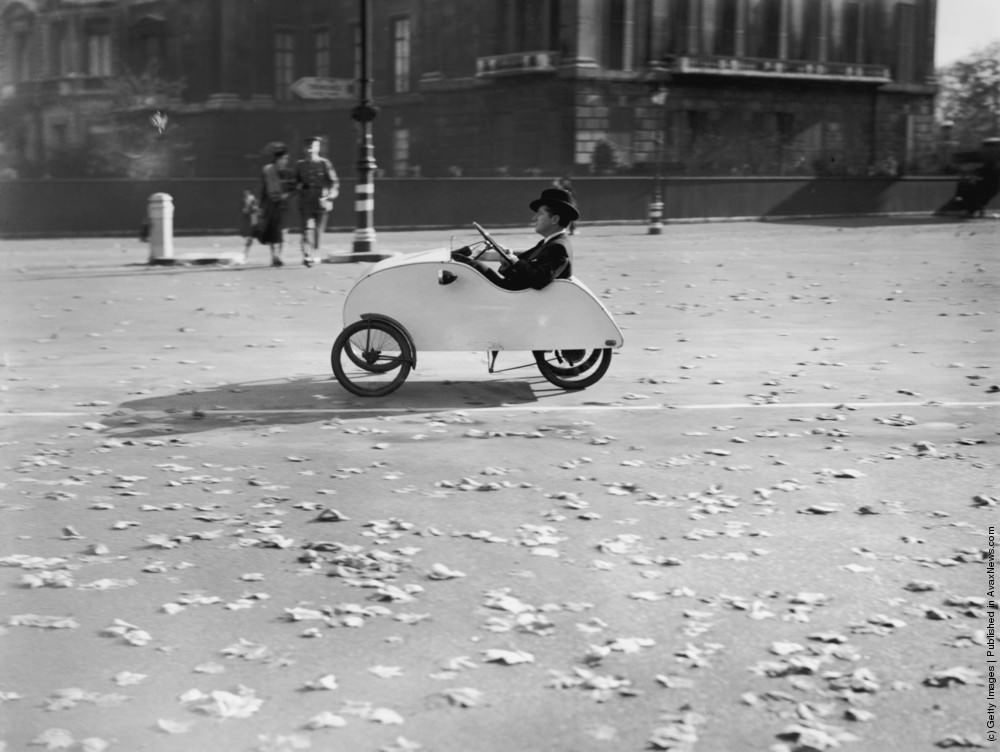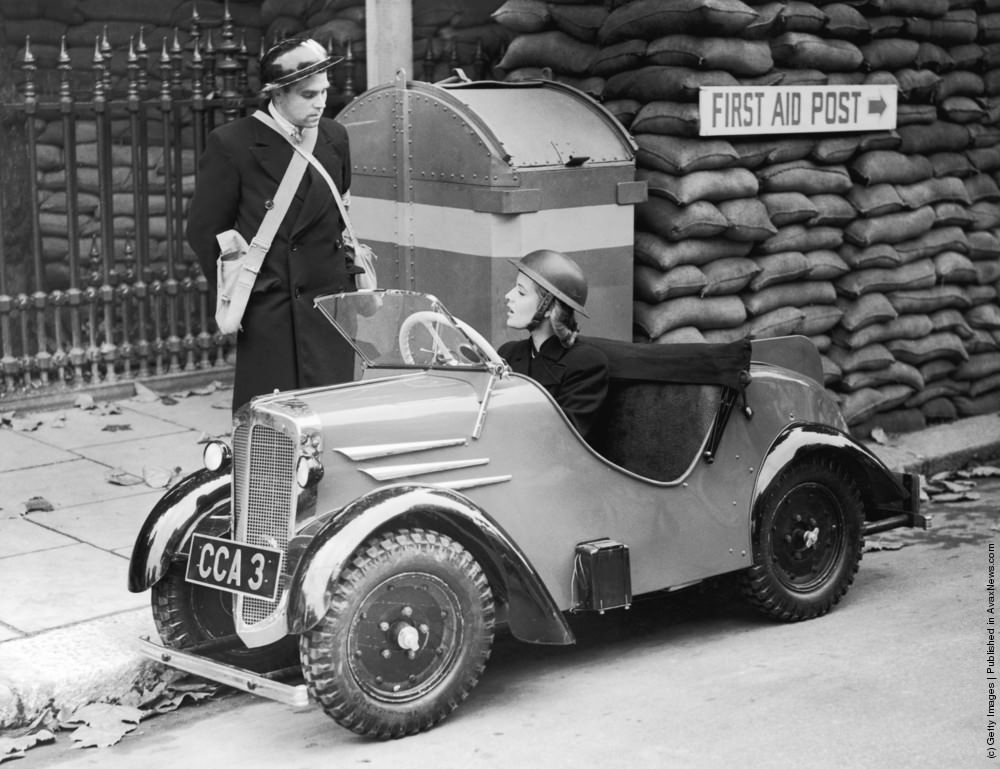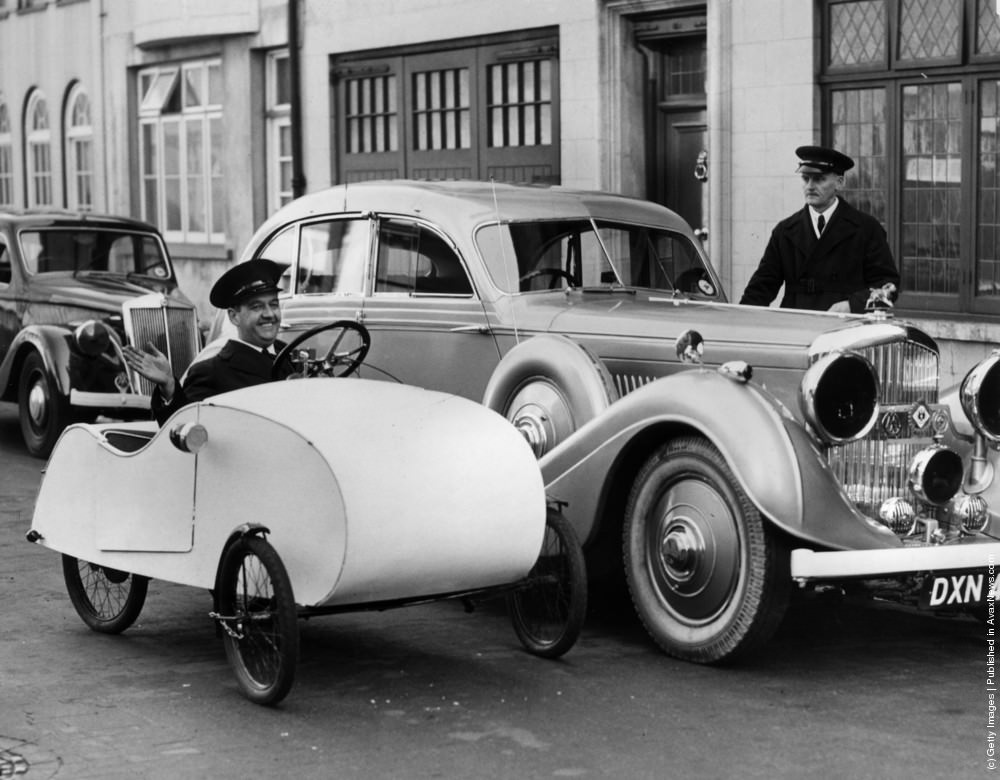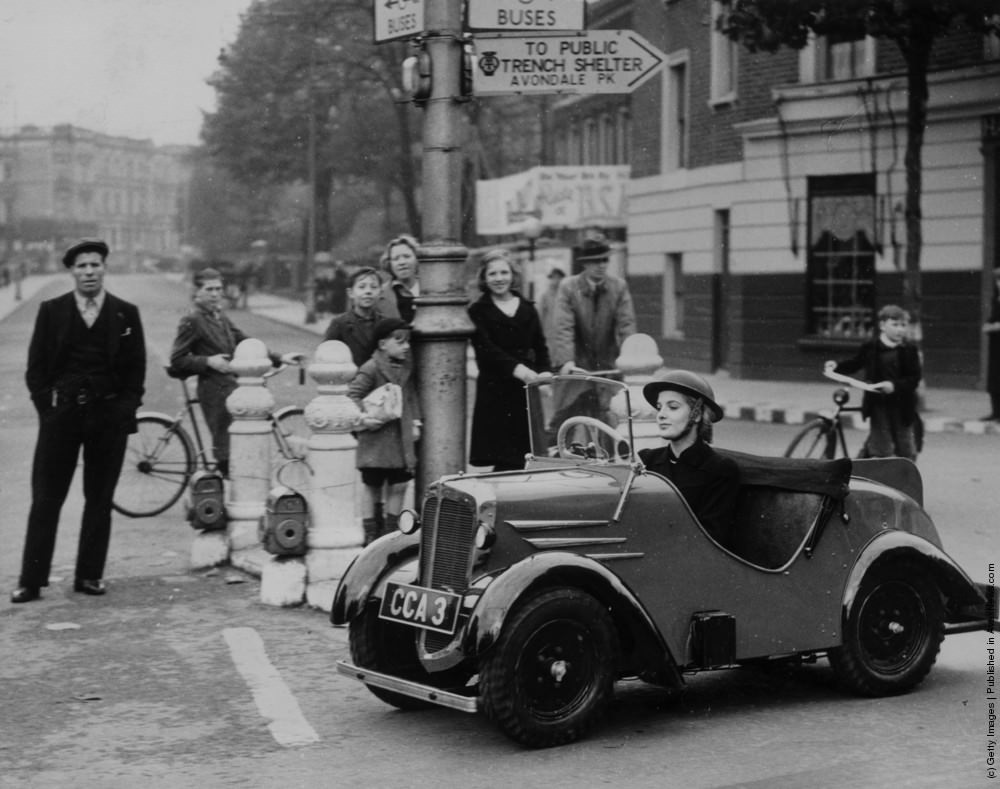When people talk about “Midget Cars” in automotive history, they usually mean a specific kind of small but mighty racing vehicle built purely for competition. These purpose-built racers gained significant popularity starting in the 1930s, bringing fast-paced action to short racetracks across America and beyond. They were distinct machines, quite different from the small cars designed for everyday road use.
Midget racing cars were defined by several key features. They were, as the name suggests, very small and exceptionally lightweight. Designed to carry only the driver, these single-seaters typically featured open wheels, meaning they lacked fenders. Their bodywork was minimal, often just a simple shell covering the basic frame, engine, and drivetrain. A critical characteristic was their impressive power-to-weight ratio. Builders fitted relatively powerful engines into these light chassis, allowing the cars to accelerate very quickly and perform nimbly on tight tracks.
Read more
While people experimented with small, home-built racing “specials” in earlier years, the organized sport of Midget car racing truly emerged and grew rapidly in the United States during the early 1930s. Southern California is often pointed to as a key location where this form of racing first took hold. The timing coincided with the Great Depression, and some believe the economic hardship actually helped boost Midget racing’s popularity. It offered a more affordable way for enthusiasts to participate in motorsport compared to larger, more expensive forms of racing. While the 1920s saw developments like small, economical cyclecars and some early racing specials, the dedicated Midget racing phenomenon as a distinct sport really blossomed in the thirties.
Building a Midget car in the 1930s often involved a focus on simplicity and function. The chassis or frame was typically basic but strong enough for the stresses of racing. Engines were frequently adapted from existing sources. Early Midget racers often used modified four-cylinder engines from popular cars like the Ford Model T, Model A, or Model B. Powerful twin-cylinder motorcycle engines, sourced from brands like Harley-Davidson or Indian, were another common choice. As the decade progressed, specialized racing engines designed specifically for Midget cars, like the famous four-cylinder Offenhauser, became highly desirable, although they were more costly. Drivetrains were kept simple, sometimes featuring direct drive systems without a traditional gearbox. Body panels were usually crafted from aluminum or sheet steel, kept minimal to save weight. Safety features were rudimentary in these early days; things like roll cages were not yet standard equipment.


